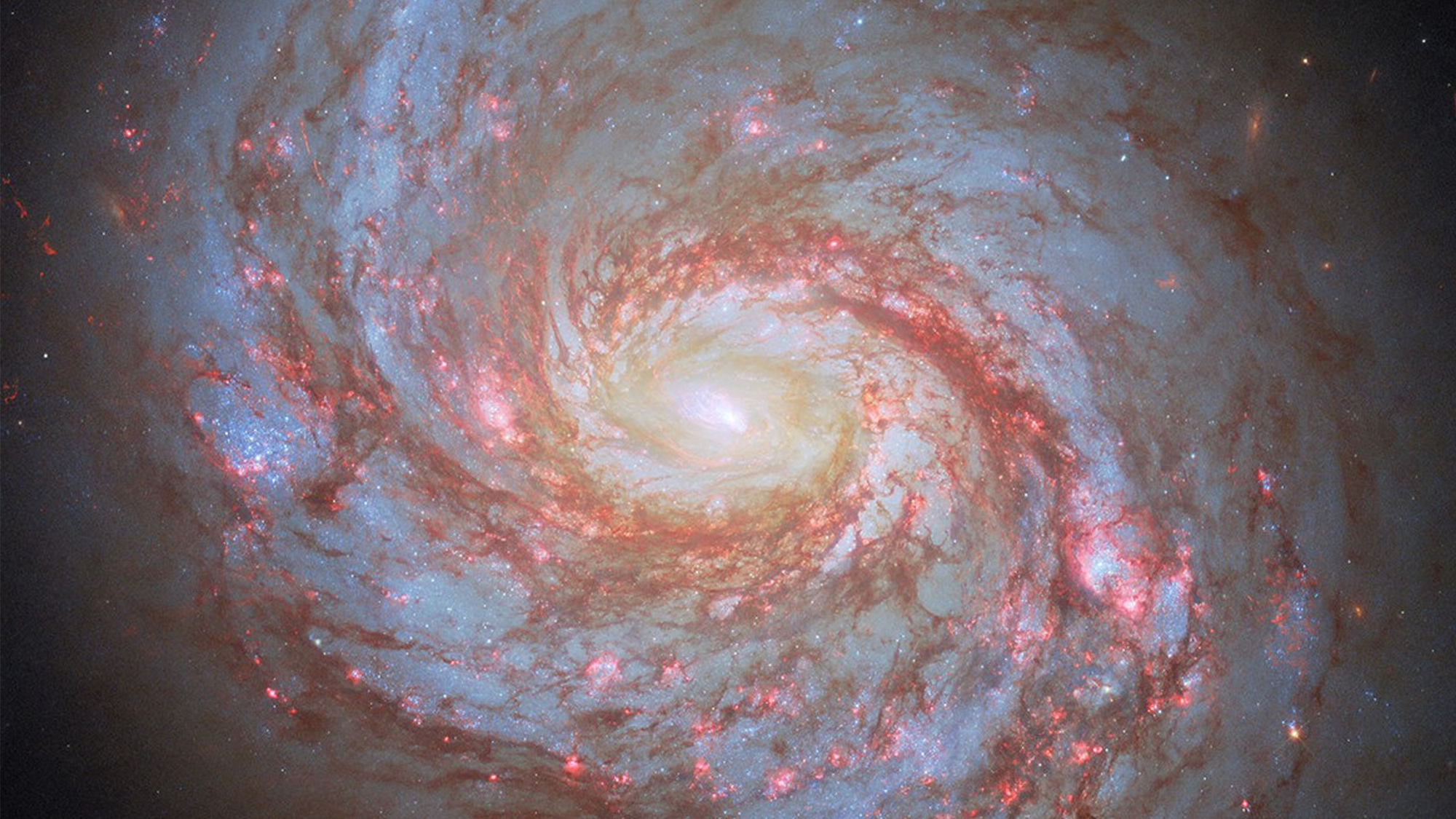 Everything on Earth, in our solar system, our galaxy, and beyond is contained within the universe. So how much does science tell us about the all-encompassing, four-dimensional cradle that holds all of space time? A lot.
Everything on Earth, in our solar system, our galaxy, and beyond is contained within the universe. So how much does science tell us about the all-encompassing, four-dimensional cradle that holds all of space time? A lot.
Philosophers, mathematicians, and astronomers across cultures and centuries have long debated and theorized about the night sky. But in the early 1920’s, building on the work of Henrietta Swan Leavitt and others, astronomer Edwin Hubble produced the first clear evidence that the swirling clusters visible through telescopes were actually distant galaxies, comparable to our own Milky Way. By capturing detailed, long-exposure images of space features like pulsing, Cepheid variable stars, Hubble confirmed the true nature of the Andromeda Nebula and others. These weren’t just nearby gas clouds, but far away islands of worlds and stars.
In the century since, our ability to see clearer and farther out into space has dramatically improved. The James Webb Space Telescope (JWST) is the most advanced ever launched, and it routinely provides remarkable imagery from across the universe. Using data from space telescopes and other instruments, astronomers, cosmologists, and astrophysicists are able to deduce and predict many things about the universe’s shape, rate of change, and character. Here’s what we know, and what we don’t.


 Bret Adee is one of the largest beekeepers in the US, with 2 billion bees across...
Bret Adee is one of the largest beekeepers in the US, with 2 billion bees across... The Trump administration is reportedly planning to cut at least 2,145 high-ranking Nasa employees with specialized...
The Trump administration is reportedly planning to cut at least 2,145 high-ranking Nasa employees with specialized... Astronomers have spotted a new comet, moving on a trajectory that indicates that it whizzed into...
Astronomers have spotted a new comet, moving on a trajectory that indicates that it whizzed into...






























